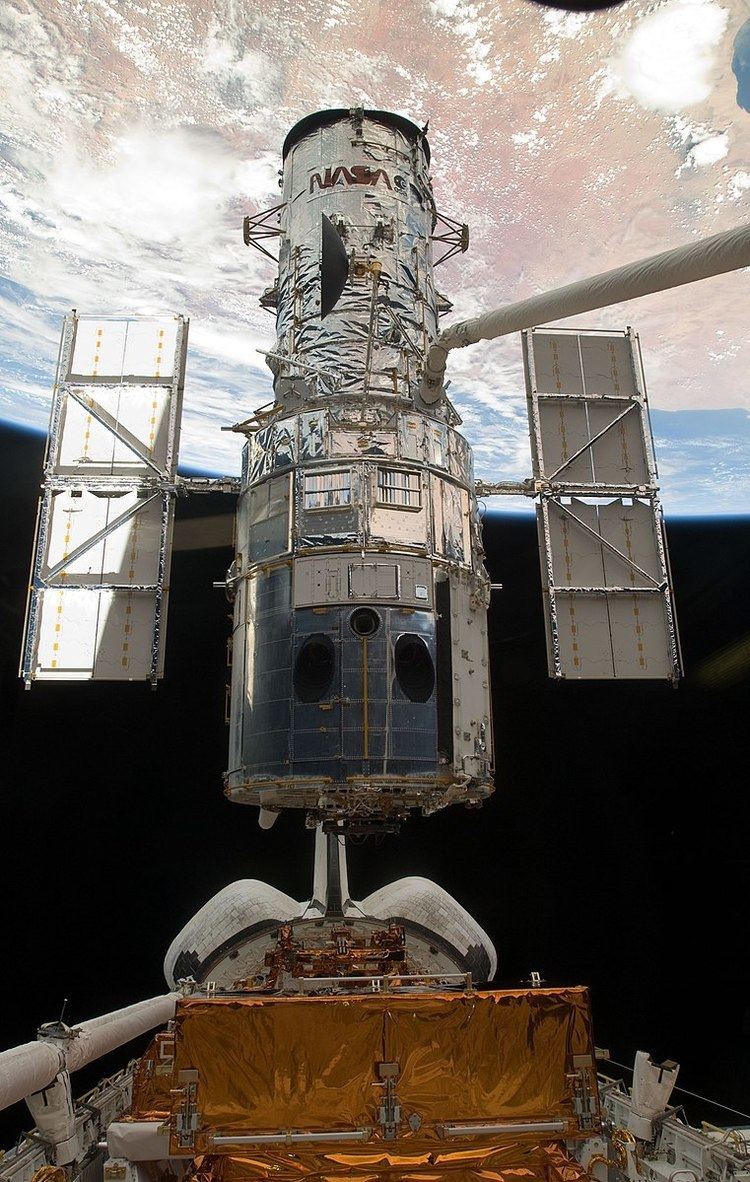 | ||
SpaceCube is a family of high-performance reconfigurable systems designed for spaceflight applications requiring on-board processing. The SpaceCube was developed by engineers at the NASA Goddard Space Flight Center. The SpaceCube 1.0 system is based on Xilinx's Virtex-4 commercial FPGAs. The debut mission of the SpaceCube 1.0, Hubble Servicing Mission 4, was the first time Xilinx's Virtex-4 FPGAs flew in space.
Contents
Missions
Family Overview
Awards
NASA's Goddard Space Flight Center SpaceCube team earned an honorable mention for the 2009 "IRAD Innovator of the Year" award.
On Board Science Data Processing Achievements
References
SpaceCube Wikipedia(Text) CC BY-SA
